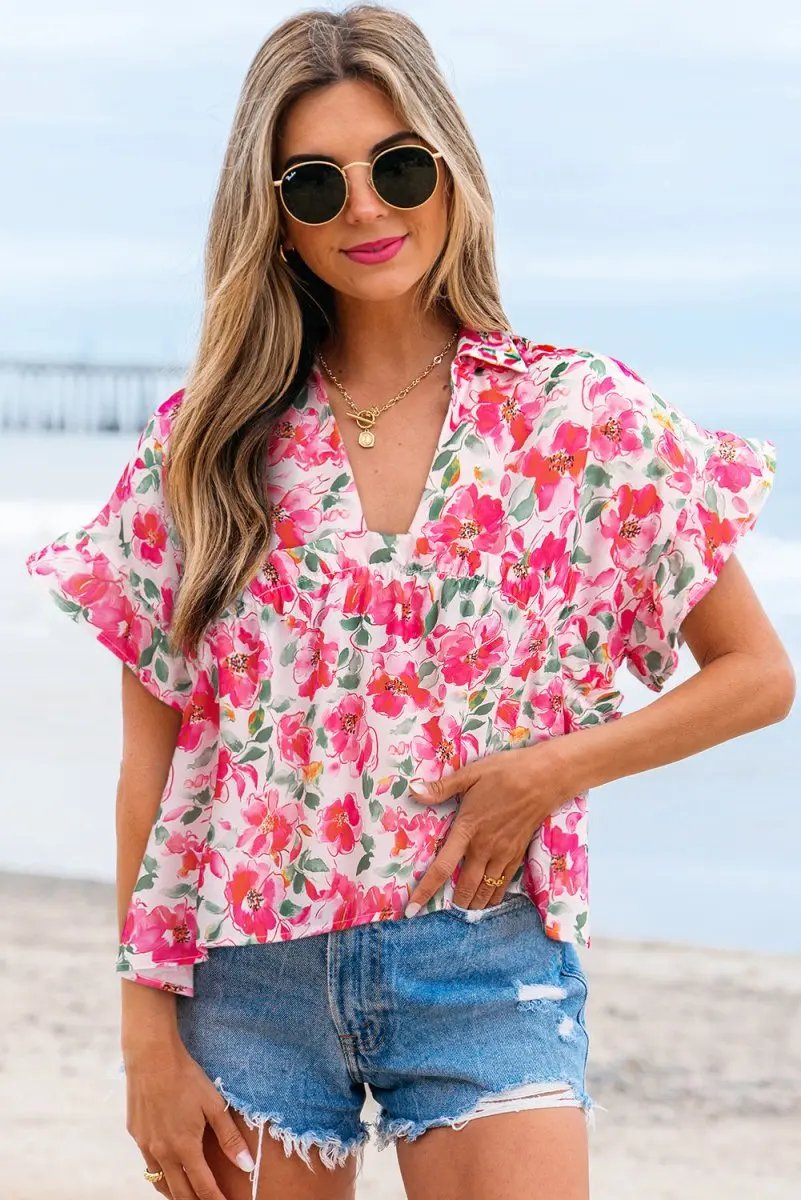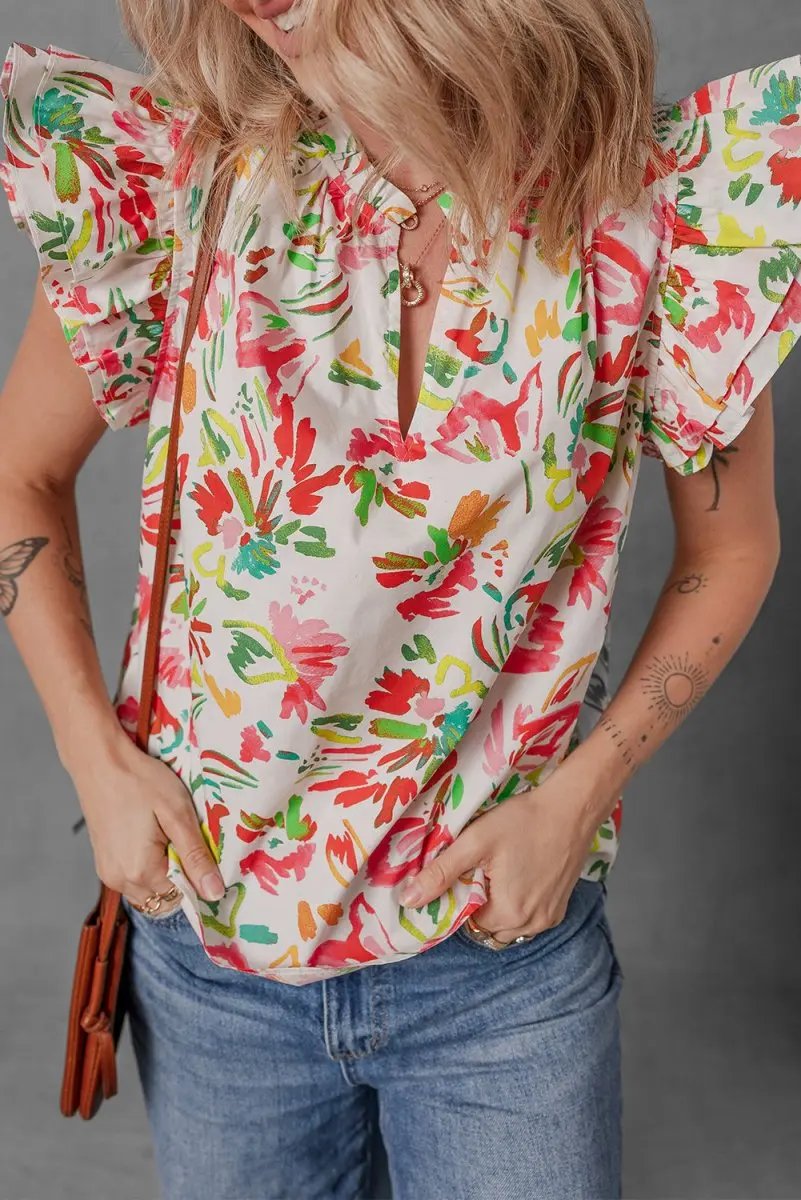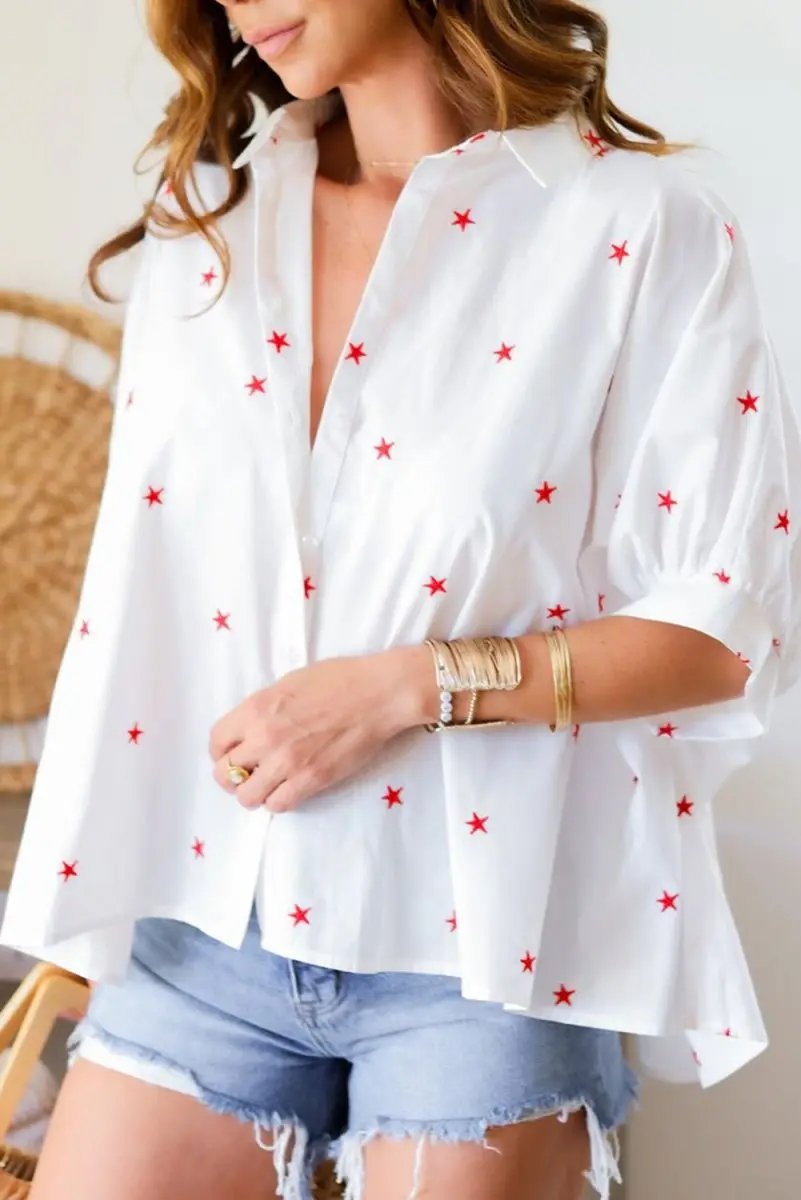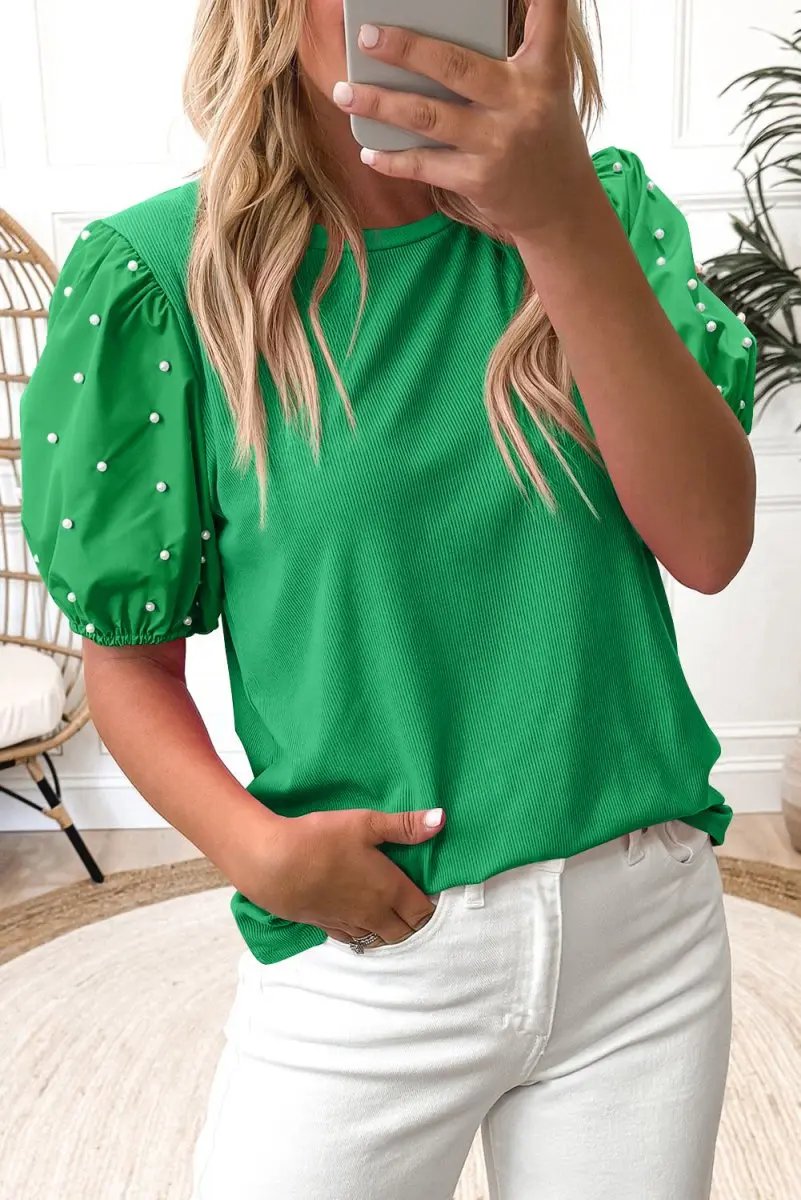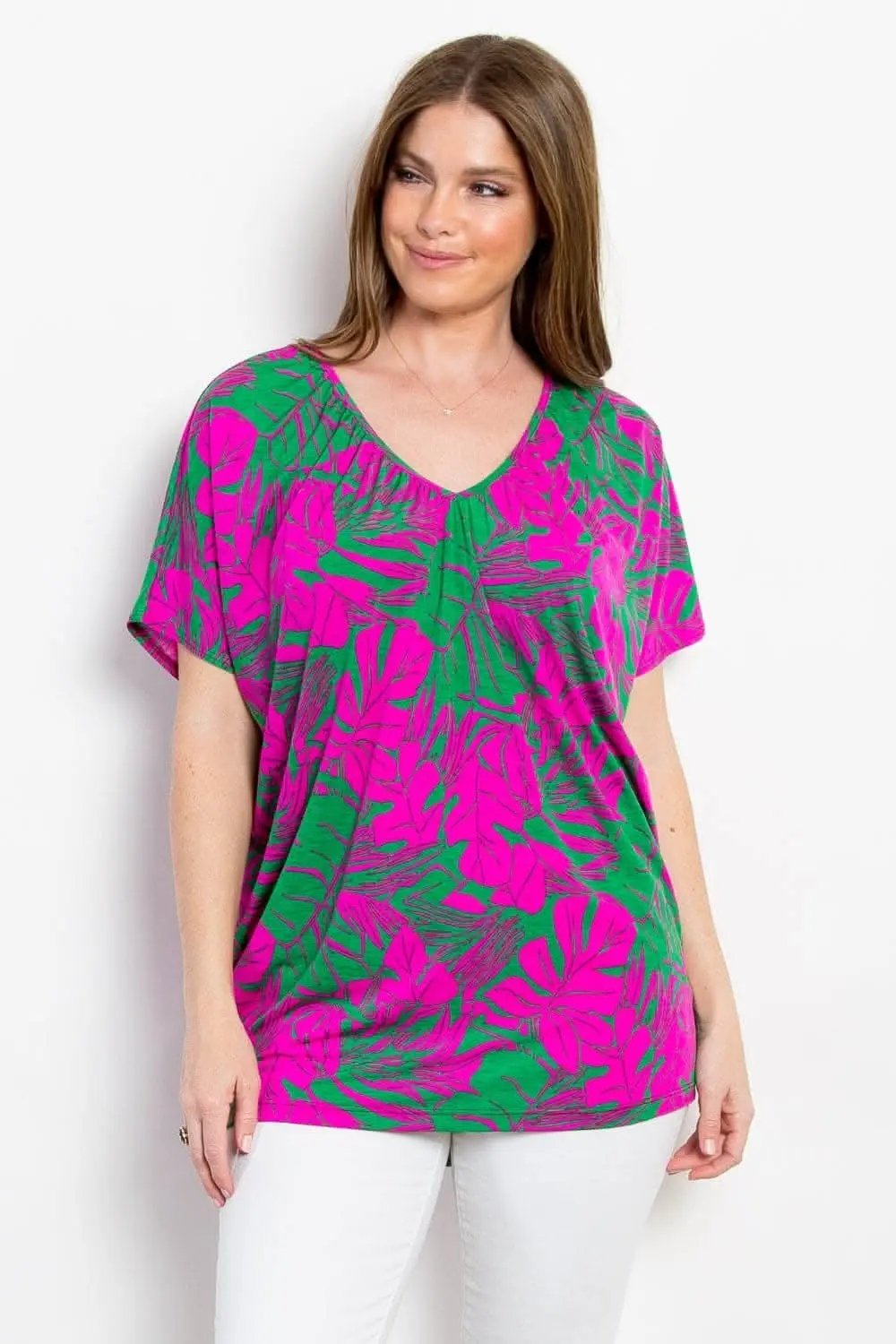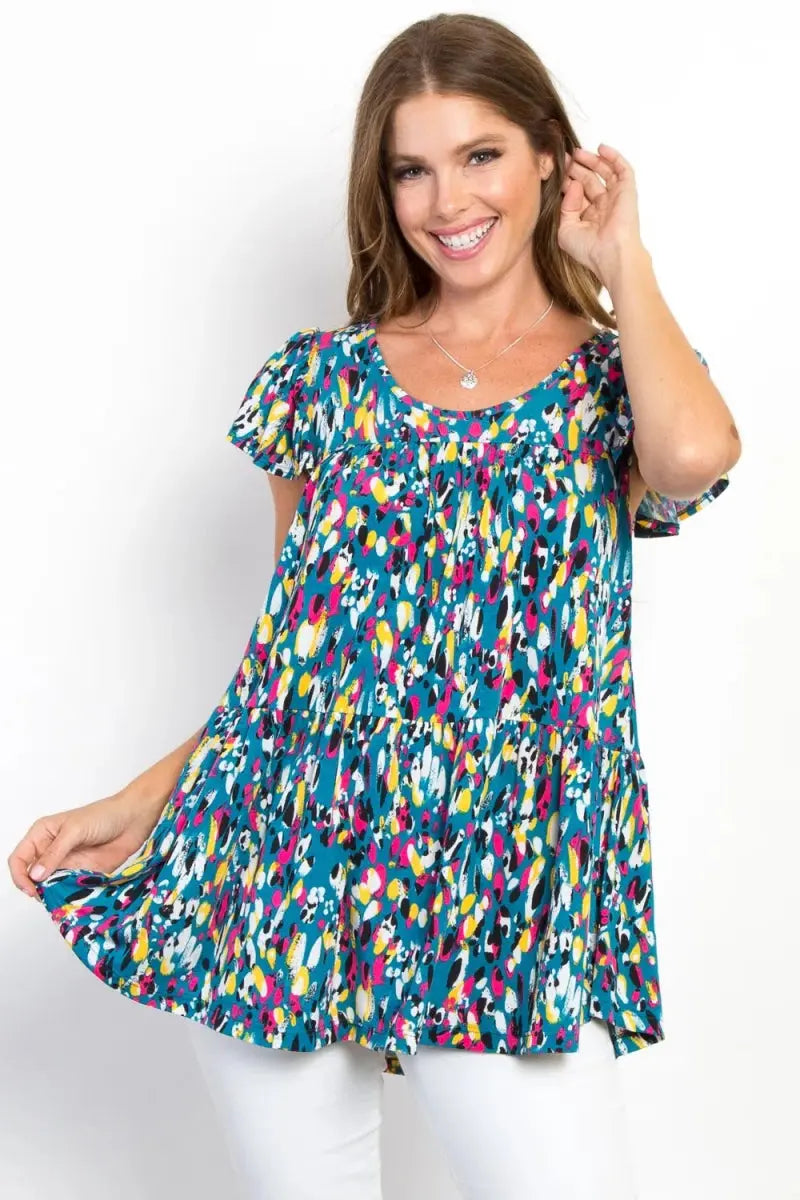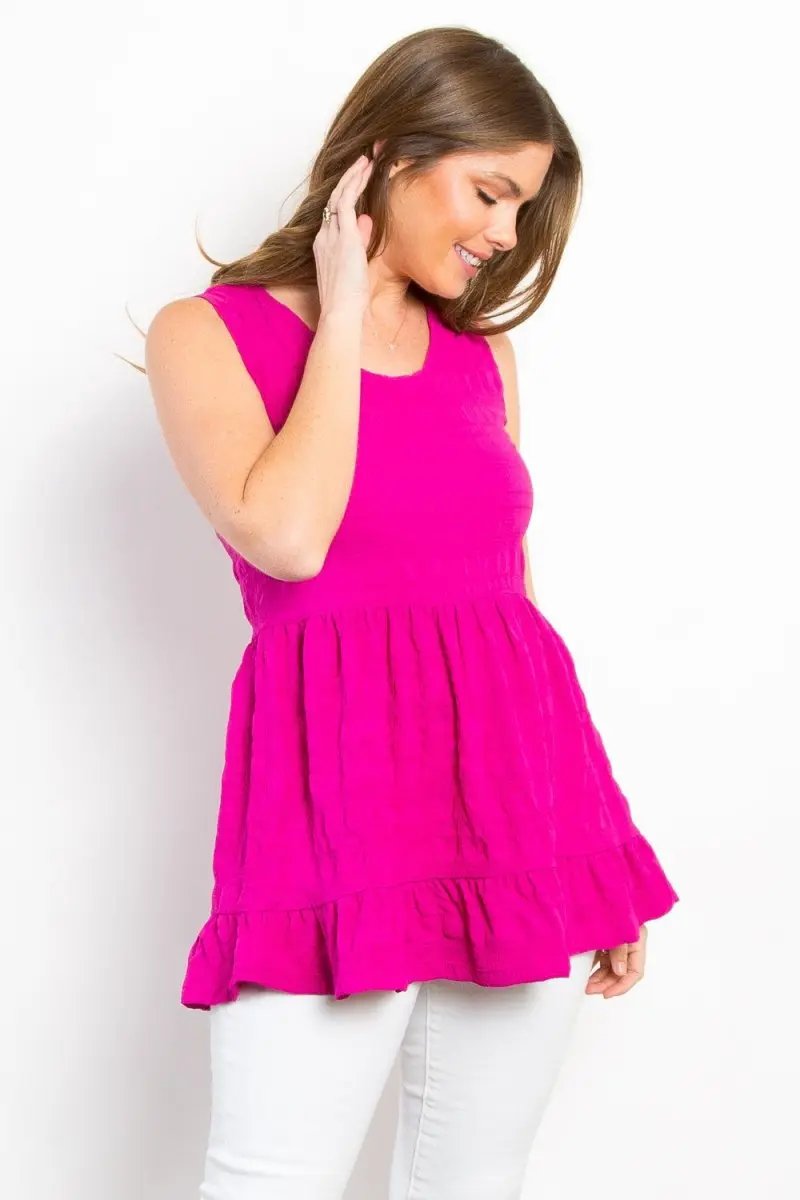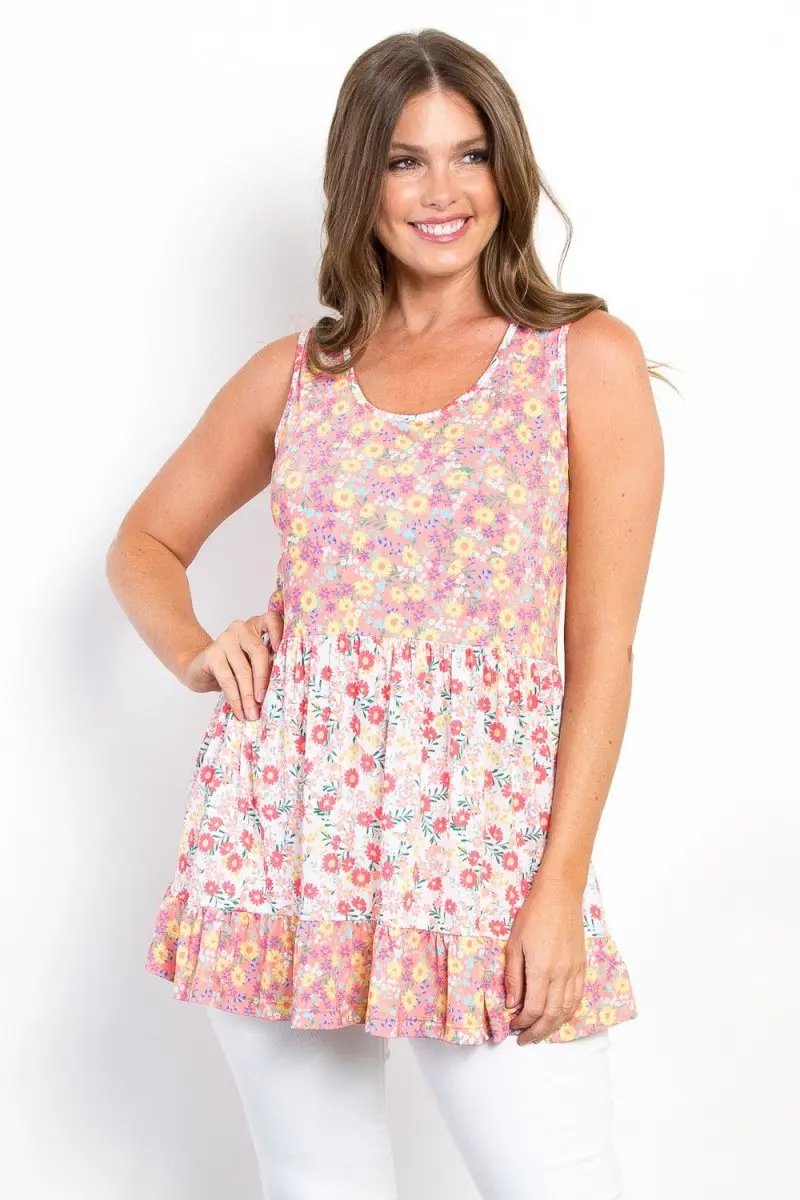Introduction: Style, Fit, and Planet-Friendly Choices
Creating a wardrobe that easily moves from the office to weekend plans can feel like a constant balancing act—especially for plus-size shoppers seeking great fit, comfort, and sustainable materials. This extended guide walks you through building a long-lasting, versatile wardrobe inspired by Flying Tomato's inclusive-fit philosophy and eco-conscious fabric options. You'll get practical shopping strategies, precise styling formulas, detailed fabric and care guidance, and a seasonal capsule plan so every piece works harder and lasts longer.
Why Prioritize Sustainability and Inclusive Fit Together?
There are two critical problems fashion needs to solve for plus-size shoppers: a lack of well-fitting, flattering options, and the wastefulness of trend-driven fast fashion. When brands and shoppers focus on both inclusive design and sustainability, the results are better garments that actually get worn longer and create less environmental harm.
- Inclusive fit reduces returns and dissatisfaction—fewer returns means less packaging and shipping waste.
- Durable, well-constructed garments last longer, lowering overall consumption.
- Eco fabrics and responsible sourcing reduce water use, chemical pollution, and reliance on virgin fossil-fuel–based materials.
- Thoughtful wardrobes reduce decision fatigue—when pieces are versatile, you buy less and wear more.
Understanding Flying Tomato’s Approach (and How to Evaluate Any Brand)
Flying Tomato is known for offering plus-size friendly silhouettes with stretch and thoughtful patterning. As brands evolve, evaluate each product by checking these attributes:
- Size range and grading: Look for extended size charts and clear measurements for bust, waist, hip, and rise.
- Fabric composition: Note percentages and fiber types—natural, regenerated cellulose, recycled synthetics, and small elastane content for recovery.
- Construction details: Reinforced seams, finished hems, and quality closures mean garments will withstand repeated wear.
- Transparency and certifications: Brand pages that reference GOTS, OEKO-TEX, Global Recycled Standard (GRS), or Bluesign indicate attention to material and processing standards.
- Customer reviews and fit notes: Real customer photos and detailed fit commentary are invaluable, especially for plus sizes.
Tip: If a product page uses eco-language without detail, reach out to customer service for specifics on fiber sourcing and dye processes.
Wardrobe Planning: How to Audit Before You Buy
Start with what's already in your closet. A careful audit helps you identify gaps so you buy with intention.
- Remove everything from a category (tops, bottoms, dresses).
- Sort into keep, repair/alter, donate/sell, recycle.
- Ask these questions: Do I wear this? Does it fit well now? Does it layer? Is it seasonally useful?
- Identify 3–5 ‘anchor’ pieces you wear most—these are the pillars to build around.
12–20 Piece Capsule Wardrobe: Desk-to-Weekend Framework
A capsule doesn’t have to be rigid. Below is a flexible 15-piece core with options to expand to 20 for seasonal needs. Pieces are chosen for fit, versatility, and compatibility with eco fabrics.
- 1 tailored blazer in a stretch eco-fabric (recycled polyester blend or TENCEL-blend suiting)
- 1 lightweight coat or trench (recycled synthetics or sustainably sourced wool alternative)
- 2 work-ready tops (a button-down and a fine knit in TENCEL or organic cotton)
- 2 tees in organic cotton or modal
- 1 wrap or shirred dress in lyocell/TENCEL
- 1 midi skirt (A-line or pencil in a stable woven)
- 1 pair of tailored stretch trousers
- 1 dark-stretch denim (straight or bootcut for balance)
- 1 casual jumper or sweater (lightweight wool blend or modal)
- 1 bomber or denim jacket
- 1 pair of supportive work shoes (low heel or loafers)
- 1 pair of casual sneakers
- 1 versatile bag (crossbody or structured tote)
- 1 statement accessory (scarf, wide belt, or jewelry)
- 1 comfortable layering tank or slip
Expand to 20 pieces with a second dress, an evening shoe, a pair of shorts or culottes, an active layer, and an extra sweater for seasonal rotation.
Silhouette Guidance by Common Body Shapes
Plus-size bodies are diverse. Here are silhouette tips that respect proportion and comfort while staying stylish.
- Apple shape (weight around midsection): Emphasize structured blazers, V-necklines, wrap dresses, and high-rise trousers with a gentle taper to create a balanced line.
- Pear shape (hip-focused): An A-line skirt, wide-leg trousers, and tops with detail at the shoulder or neckline balance proportions. Avoid clingy fabrics on the hip if you prefer to downplay that area.
- Hourglass: Embrace fitted pieces that define the waist—structured blazers, wrap dresses, and belts over mid-rise trousers work well.
- Rectangle (straight waistline): Create curves with peplums, belted waists, and dresses with gathered or shirred details.
Remember: these are suggestions, not rules. Personal comfort and preference always come first.
Fabric Deep Dive: Pros, Cons, and How They Wear Over Time
Understanding fibers helps you choose pieces that perform and last.
- Organic Cotton
- Pros: Breathable, soft, biodegradable, widely available.
- Cons: Can lose shape if low quality; heavy washing can cause fading.
- Best for: Tees, casual tops, and relaxed shirting.
- TENCEL/Lyocell and Modal
- Pros: Luxurious drape, moisture-wicking, lower-impact production (closed-loop process).
- Cons: Can pill if blended with low-quality synthetics; may require gentle care.
- Best for: Dresses, blouses, and soft knits.
- Recycled Polyester
- Pros: Durable, quick-drying, good for outerwear and structured knits.
- Cons: Still a plastic-based fiber; quality depends on manufacturing and microplastic release during washing.
- Best for: Outerwear, performance pieces, and structured stretch blends.
- Wool and Wool Blends
- Pros: Warm, insulating, naturally resilient; good for cooler months.
- Cons: Some mills use heavy processing; choose certified or low-impact options if possible.
- Best for: Sweaters, coats, and tailored blazers.
- Elastane/Spandex (small % in blends)
- Pros: Adds stretch and recovery for comfort and better fit.
- Cons: Degrades with heat and harsh washing; aim for minimal percentage for plus-size garments to preserve shape.
- Best for: Jeans, trousers, and stretch dresses where recovery matters.
Certifications to Trust (and What They Mean)
Look for these on product or brand pages to vet sustainability claims:
- GOTS (Global Organic Textile Standard): For organic fibers with responsible processing.
- OEKO-TEX Standard 100: Tests textiles for harmful chemicals.
- GRS (Global Recycled Standard): For recycled content and responsible production.
- Bluesign: Focuses on chemical input and resource usage in manufacturing.
- Fair Trade and similar social certifications: For fair labor practices.
Not every sustainable garment will have every certification. Use them as indicators, but also consider brand transparency, materials listed, and third-party reporting.
Detailed Outfit Recipes: Desk-Ready and Weekend Versions
Here are 12 outfit recipes with quick swaps to take you from office-appropriate to weekend-ready.
- Outfit 1 — Office: Blazer + button-down + tailored trousers + loafers. Weekend: Remove blazer, swap button-down for tee, and exchange loafers for white sneakers.
- Outfit 2 — Office: Wrap dress + low heel + structured tote. Weekend: Add denim jacket, swap heels for espadrilles or sneakers.
- Outfit 3 — Office: Midi skirt + fine knit + ankle boots. Weekend: Swap knit for a graphic tee and boots for sandals; add a crossbody bag.
- Outfit 4 — Office: Tailored jumpsuit + belt + blazer. Weekend: Remove blazer, roll sleeves, and wear flats or sneakers.
- Outfit 5 — Office: Dark denim + blazer + silk blouse. Weekend: Switch blouse for a rib tee and add a chunky cardigan.
- Outfit 6 — Office: Slim trousers + fine sweater + scarf. Weekend: Swap trousers for relaxed-fit jeans and add a casual bomber jacket.
Each of these recipes is designed so the base pieces serve multiple looks across contexts.
Shopping Strategy: Where to Spend and Where to Save
Allocate budget strategically to maximize cost-per-wear and sustainability impact.
- Spend more on: Shoes, outerwear, and a tailored blazer—these are worn frequently and need durability.
- Spend moderately on: Dresses and trousers if they have structure and high-quality fabric.
- Save on: Trendy items and accessories; choose budget-friendly versions that still match your capsule palette.
Fit Guide: Measure Once, Buy Confidently
To shop online confidently, measure yourself and compare to each brand’s size chart. Key measurements for plus-size shoppers include:
- High bust and full bust
- Waist at natural crease
- Hip at widest point
- Inseam and rise for trousers
- Shoulder width and sleeve length for structured pieces
Fit tips:
- Read fit notes and customer reviews for the model’s size and the look’s intended fit (fitted, relaxed, oversized).
- Know what you want in terms of movement—do you prefer loose through the hip or fitted? Choose accordingly.
- Consider alterations: a small hem or minor side seam adjustment can make an off-the-rack garment perfect.
Alterations and Tailoring: Small Changes, Big Impact
Tailoring is one of the most sustainable choices—you extend a garment’s useful life and get better fit. Consider:
- Hemming trousers and skirts for perfect length.
- Taking in or letting out side seams for better torso fit.
- Replacing buttons or zippers to modernize or repair.
- Adding reinforced waistbands or lining to improve structure in dresses and skirts.
Local tailors can be affordable and often return a garment feeling bespoke.
Care Routine: Wash Smart to Preserve Shape and Color
Proper care reduces fiber breakdown and preserves fit, especially in garments with elastane.
- Wash less often—spot clean and air out between wears when possible.
- Use cold water and a gentle detergent to protect fibers and colors.
- Turn garments inside out for washing to reduce abrasion and fading.
- Avoid tumble drying when possible; heat damages elastic fibers. Use low heat if necessary.
- Store heavier items folded and lighter, drapey pieces on wide hangers to avoid shoulder bumps.
Repair, Donate, Resell: Close the Loop
When a piece reaches the end of its life with you, consider:
- Repairing: Patches, resewing hems, and replacing elastics can extend usability.
- Reselling: Platforms for pre-loved plus-size items are growing—list items in good condition.
- Donating: Choose local shelters or organizations that accept size-inclusive clothing.
- Recycling: Some brands and textile stores accept worn textiles to be recycled into industrial materials.
Seasonal Adjustments: Making the Capsule Year-Round
You can keep a core capsule and shift a few pieces for seasonality.
- Spring/Summer swaps: Replace wool sweater with lightweight modal knit; swap boots for sandals; add breathable linen pieces.
- Fall/Winter swaps: Add a heavier coat, midweight wool sweater, and insulated boots. Layer TENCEL pieces with thermal underlayers where needed.
- Transition pieces: A trench, denim jacket, or lightweight knit bridges seasons well.
Practical Examples: Month-by-Month Capsule Picks (12-Month Plan)
Here’s a simple rotation to keep your capsule fresh throughout the year.
- January–March: Emphasize wool blends, tights, boots, and heavier outerwear.
- April–June: Introduce linen blends, wrap dresses, and lighter jackets; keep a knit for cool mornings.
- July–September: Focus on breathable TENCEL and organic cotton tees, midi skirts, and sandals.
- October–December: Reintroduce midweight knits, denim, and a structured coat plus shoe options for holidays.
SEO-Friendly Tips: How to Find the Right Pieces Online
Use targeted search queries and filters to find size-inclusive, sustainable options effectively.
- Search examples: "plus size TENCEL wrap dress", "recycled polyester blazer plus size", "organic cotton tees plus size longline".
- Filter by size, material, and customer photos when available.
- Set price alerts or wishlist items so you can purchase during sales rather than impulse-buying low-quality alternatives.
- Follow plus-size influencers who focus on sustainable brands to discover real-world wearing tips and honest reviews.
Common Mistakes to Avoid
- Buying pieces solely for trends—these often have low cost-per-wear and end up in the donation pile.
- Ignoring proper measurements and relying only on size labels—sizes vary widely by brand.
- Overloading on dark neutrals—while versatile, a few color or print pieces keep the wardrobe interesting and show personality.
- Skipping repairs because they seem expensive—small fixes are usually affordable and extend wear significantly.
Flying Tomato and Similar Brands: How to Shop Responsibly
Flying Tomato can be a starting point for shoppers seeking inclusive fits. To maximize sustainability and fit when shopping this or similar brands:
- Check material breakdowns and look for recycled or regenerated fibers when possible.
- Read product-specific fit notes and customer reviews—these reveal how a piece behaves on different bodies.
- Use the brand’s size chart and measure a favorite-fitting item at home to compare.
- Contact customer service for questions on fabric treatment, dyeing processes, and production location if transparency is limited online.
Budget Capsule Example: Low, Mid, and Investment Tiers
Not everyone can invest heavily at once. Here’s a staged approach:
- Low budget: Start with a high-quality tee, a good pair of jeans with stretch, and sneakers. Look for organic cotton tees and recycled polyester denim blends if possible.
- Mid budget: Add a wrap dress in TENCEL, a structured blazer, and a supportive loafer.
- Investment pieces: A tailored coat, a well-constructed leather-like bag (vegan or responsibly sourced), and durable shoes—these raise the overall look and last for years.
FAQs
- How many pieces do I need? Aim for 12–20 versatile pieces for a capsule you can wear almost year-round.
- Are eco fabrics worth it? Yes—when sourced and processed responsibly, they reduce environmental impacts and often feel better on the skin.
- How do I handle fit variations across brands? Measure yourself and compare to the brand’s chart; when in doubt, choose a size that allows for tailoring in key areas.
- Can I be sustainable on a budget? Absolutely—buy fewer, higher-quality items gradually; repair and resell to recoup value.
Final Thoughts: Style That Respects Your Body and the Earth
Building a sustainable plus-size wardrobe that moves from desk to weekend is an ongoing process, not an instant overhaul. By prioritizing inclusive fits, investing in durable eco fabrics, and using smart shopping and care strategies, you create a closet that supports confidence and longevity. Flying Tomato’s inclusive design approach is a helpful model, but the principles in this guide apply to any brand or shopping approach.
Start small: audit your closet, identify two replacement pieces you truly need, and focus on quality, fit, and fabric. Over time, your wardrobe will become more cohesive, more sustainable, and more joyful to wear.
If you want, I can help you build a personalized 15-piece capsule based on your climate, typical work dress code, and favorite colors—just tell me your sizes, preferred silhouettes, and budget.

